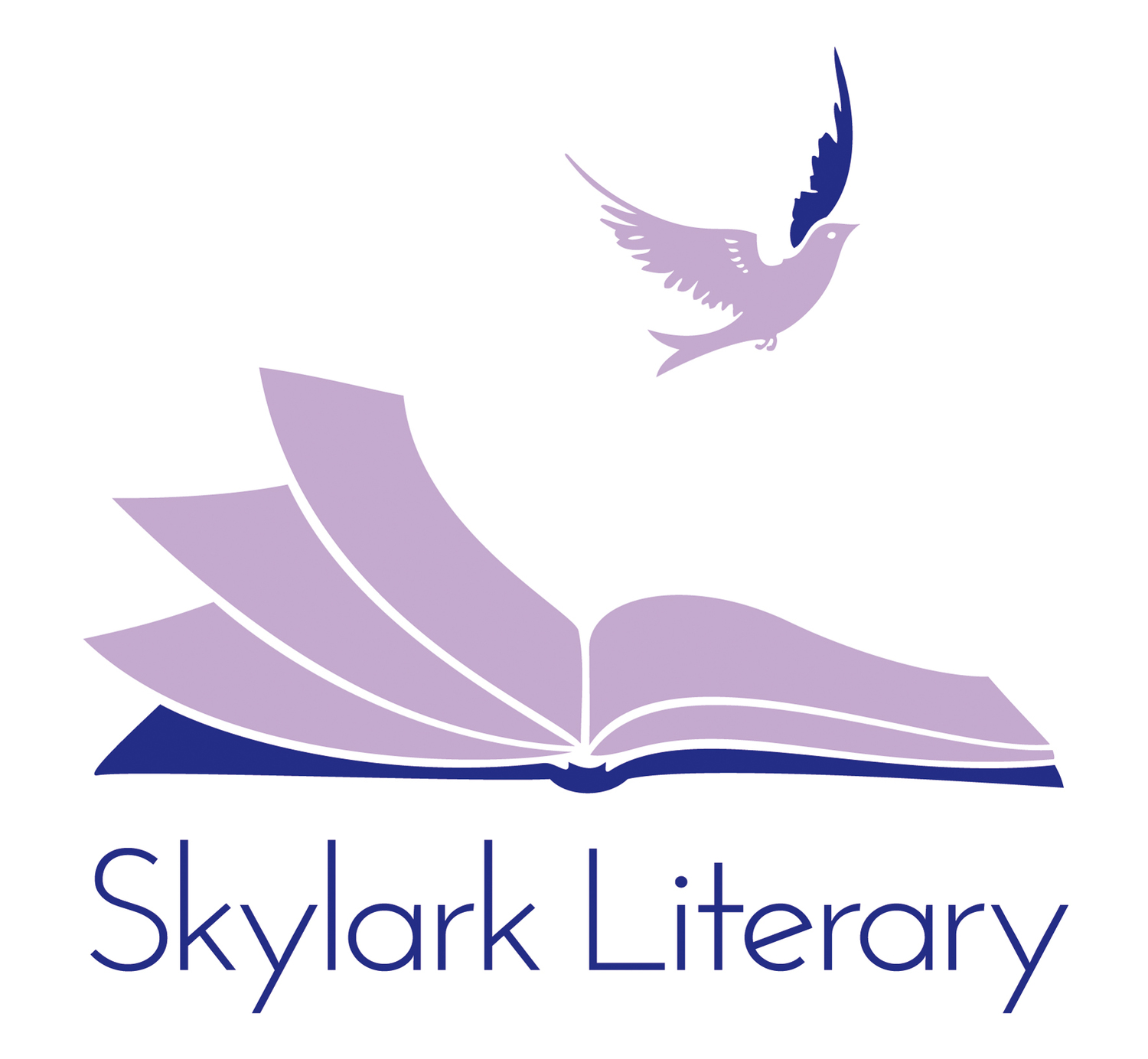Photo credit: Pieter Lanser from The Netherlands
Series or Stand Alone?
Book publishing and bookselling, like many things in life, seems to go in cycles. Not so long ago, everyone was looking for YA vampire love stories or novels with a dystopian setting. Now, the market has been flooded and both areas have fallen temporarily out of favour – so if you’re writing in these genres right now, you need to be doing something spectacularly new and exciting! However, the key word here is ‘temporarily’, because you can bet your bottom dollar that in a few years both these genres will be in vogue again with publishers and retailers clamouring for them. The only thing in doubt is whether we’re talking two years, five years or ten years.
As it goes with genre, so it goes with series, trilogies and stand-alone novels. Some years ago now a series very dear to my heart (because I brainstormed storylines and edited some 100 titles) Rainbow Magic, took the children’s fiction world by storm. As a result, retailers wanted more of these bestselling series and publishers all wanted their own version of Rainbow Magic – not necessarily with fairies, just the ‘bestselling series’ part would do! For a while, the first question any agent or publisher asked an author when presented with a stand-alone novel was, ‘Do you have any ideas for the sequel?’.
Times have changed, more recently the market – having been flooded with series and in particular trilogies in the YA arena – has suffered a backlash against these forms. Too often the early books in a series or trilogy have read like the early books in a series or trilogy – i.e. too much building of the adventure sometimes without enough actual adventure and, crucially, without resolution of the adventure. Readers, particularly younger ones, like closure and the satisfaction of having embarked on a journey at the start of a story, only to have the adventure safely and successfully concluded by the end of the story.
So, as an author – particularly one with an abundance of ideas for what will happen to their characters next – what to do? Well, the best answer is of course – do both! Write a full, fantastic and entirely satisfying novel in the first instance but leave the door open for further adventures. Series where each individual book is a complete story in itself tend to be more successful than those where you have to have read book one in order to understand what’s happening in book two, etc. Remember that young readers – not to mention many adults, actually – want a feeling of satisfaction and resolution at the end of the book, even if that resolution is at times sad or challenging.
In the series or stand-alone debate, both forms have their merits but for an author writing for young people in a crowded and competitive marketplace, offering an agent or publisher both options will only improve your chances.


